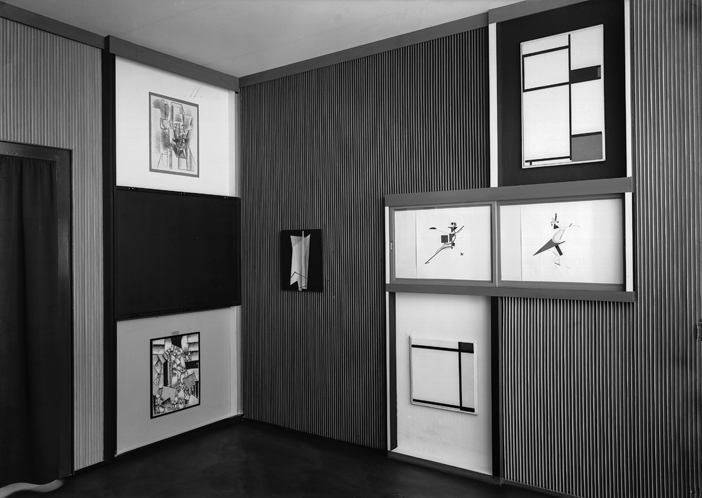Das Abstrakte Kabinett in Hannover
Vorbote eines „lebenden Museums“?
Identifier (Artikel)
Abstract
Partly based on primary sources, the article investigates the genesis of one of the earliest spatial art works of Modernism: the “Abstraktes Kabinett” (Abstract Cabinet) which, opened in the Hanover Provinzialmuseum in 1927, was commissioned by the museum director Alexander Dorner as part of his curatorial concept, and was based on earlier works of the artist El Lissitzky created for different contexts. Which tasks did the art historian and the artists respectively associate with this pioneering enterprise, which accents were they able to set, and where did their goals converge or diverge? Which political motifs were inscribed in the Kabinett and how and why did they change over the period of the two decades of its existence? And, lastly, in what way did these divergences and convergences shape the reception history of this space?
Statistiken




